The 21st Century Cures Act was nothing short of revolutionary. Signed into U.S. law on December 13th 2016, it is designed to support the acceleration of medical product development and bring new innovations and advances to patients who need them (FDA.com).
The Act has already become crucial in cutting through the bureaucratic red tape and processes that can often prolong life saving therapeutics from reaching the marketplace.
For decades, patient care and the burden of disease had been a secondary motivation within the drug development cycle. But now, the voice of the patient and the impact of disease on their lives, is being systematically built into the development cycle to create more tactical, meaningful cures to the people that need them most.
The burden of disease
To understand how and why the voice of the patient is now front and centre of therapeutic research, it’s important to explore how different this was prior to the Cures Act being passed into law.
Early 1980’s North America was in the grip of an AIDS epidemic. Four years after AIDS first made headlines, more than 6,000 Americans had already died and only one pharma company was seriously pursuing clinical research. The patient voice was all but ignored, as the spread of Auto Immune Deficiency Syndrome gathered pace, resulting in thousands of deaths from AIDS and its related illnesses. The medical industry was behind the curve in terms of understanding the disease and its symptoms, the needs of the patient and the research and development needed to counter the epidemic.
As a result of the sustained, organised and intelligent lobbying started by organisations such as ACT UP, in less than 30 years, more than 30 products have been approved for the treatment of HIV/AIDS.
The efforts of activists with HIV/AIDS laid the groundwork for patient engagement in all aspects of clinical research and medical product development.
The 21st Century Cures Act, now makes the industry coming together – stakeholders, patients, regulators, insurers, doctors, nurses, carers and hospitals – an act of law in the U.S. The whole system is now required to use a holistic approach towards patient centric goals.
Putting Patients First
Patients aren’t just data points or statistics, they’re people – and The 21st Century Cures Act, enables us on our mission to put them front and centre, listening to their needs and providing better experiences at every stage of the clinical journey.
Putting patients first in clinical research globally is the only way to accelerate the rate at which products reach the market, reducing the burden of disease and ultimately saving lives. It ensures:
- Cures are developed in the order they are most needed
- Increased likelihood of recruiting patients into clinical trials
- Valuable patient input into the drug development life cycle
Cures are developed in the order they are most needed
The 21st Century Cures Act prioritises the development of cures. Let’s look again at AIDS. We know lesions are a painful and life inhibiting symptom of the disease. Prioritising a cream to reduce lesions will greatly enhance a patient’s life, and once we’ve created support and relief for this symptom, we can move on to looking at an overall cure for the disease.
But it’s not just the symptoms of the disease we now prioritise. What else impacts the patient as the disease progresses? What are the other burdens of the disease: Is it hospital trips, side effects of the drugs being taken, effect on your family? The 21st Century Cures Act facilitates a holistic view of patient experience and then prioritising drug or technological development, which comes from government funding, to actually address what is needed in the right order.
Increased likelihood of recruiting patients into clinical trials
We need to ensure what is being developed is sound and safe.This is where more flexible, patient-centric and engagement-focused clinical trials come in.
Less than 15% of patients know that joining a research programme is an option for them, and undoubtedly more needs to be done to increase public awareness of clinical trials.
Having only a tiny pool of educated and willing patients is a huge barrier to being able to develop effective, diverse trials. Add to this the barriers of a patient’s availability, willingness, financial situation and standard of health needed to take part and our options for patients to take part in clinical research become even more sparse.
Being able to flex with patient’s needs: undertaking in-home trials to reduce travel, using wearable technology to reduce hospital visits, ensure quick expense reimbursement (or reduce the need for expenses in the first place), opening personalised channels of communication to solicit feedback – all contribute positively to patient experience in clinical trials and ultimately, the numbers of patients trials can recruit.
It also contributes positively to the type of patient recruited. Patient diversity is encouraged, wider socioeconomic and cultural backgrounds are represented, ultimately leading to faster and more comprehensive trial data and the development of medical therapeutics.
Valuable patient input into the drug development life cycle
Creating better experiences for patients taking part in clinical trials has a positive effect on what comes after.
Most drugs don’t have just one study, they will have several different permutations over a number of years. The 21st Century Cures Act encourages the capture, amplification and reporting of the patient’s voice during all studies to support the overall drug development life cycle, thus:
- Publishing the data will inform the next researchers so that they can learn from mistakes, or pick up research from a proven point to accelerate their own work
- It can inform the execution of further research – for example, testing different doses in different populations
- It deepens understanding of the burden of disease to support further prioritisation of cures
mdgroup creates a framework to protect the voice of the patient
Democratisation of clinical trials and the life cycle of drug development as a whole is at the heart of The 21st Century Cures Act and mdgroup’s approach. It was a revolution in how patients are listened to within our industry, but as an industry, we must continue to evolve how we put patients first. In short, we must be as brave and bold as the patients we care for.
Think remarkable. Expect remarkable. BE remarkable.
We deliver remarkable patient experiences that improve clinical trial outcomes.
We empower healthcare providers with next-generation care management tools and technologies.
We help CROs deliver high-performance patient experience management, and support pharma / biotech to attract, engage, and maintain patient participation in clinical trials.
Remarkable means the right people, the right technologies and the right systems to deliver the best possible outcomes for you, your patients, and your clinical trial.
Let’s make your next study remarkable. Contact us now to discuss how.
REFERENCES:
FDA.com [https://www.fda.gov/regulatory-information/selected-amendments-fdc-act/21st-century-cures-act]
OCAMB, K (2011) Larry Kramer’s Historic Essay: AIDS At 30 [http://bilerico.lgbtqnation.com/2011/06/larry_kramers_historic_essay_aids_at_30.php]
HIV.gov [https://www.hiv.gov/hiv-basics/overview/about-hiv-and-aids/symptoms-of-hiv]
EVIDERA.com [https://www.evidera.com/wp-content/uploads/2018/05/Are-Patients-at-the-Center-of-Your-Trials.pdf]







